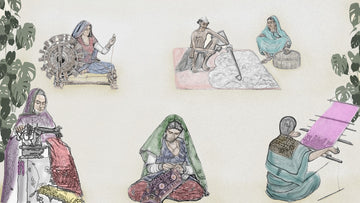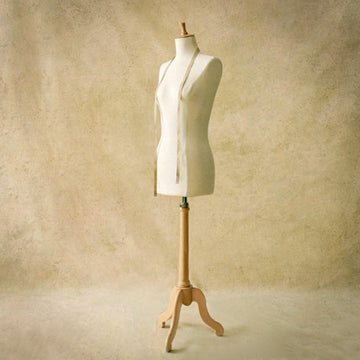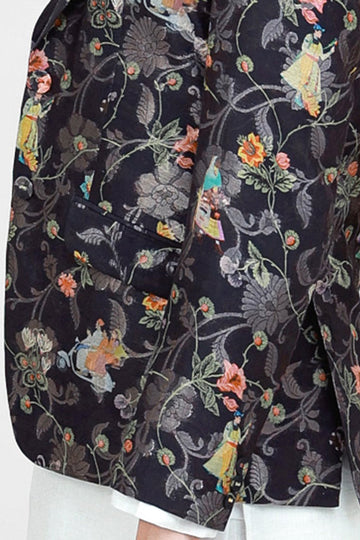Indian history of Sustainable Clothing Industry workers and hand accessories is a vast and incredibly diverse art form, with each region boasting its unique styles, techniques, and traditions. Here's a glimpse into the rich content surrounding Indian clothing artisans
Key Aspects of Indian Clothes:
-
Regional Diversity:
- India's clothing traditions vary significantly across states. From the delicate Kurta (Long Tunic) to the vibrant T-Shirt and the luxurious jacket, each style reflects the region's culture and history.
- Prints of Jaipur, Kutch embroidery from Gujarat, known for its specialty, and Kantha from Bengal, with its running stitch designs, are also prominent examples.
-
Artisan Skill and Craftsmanship:
- Indian history of clothing is a testament to the skill and dedication of the artisans who create these designer outfits.
- Many techniques are passed down through generations, preserving traditional knowledge and expertise.
-
Materials and Techniques:
- Artisans use a wide range of sustainable materials, including cotton and silk threads, cotton lining, handloom and hand crafted accessories like mirrors, beads, and sequins.
- Techniques vary from basic garments to complex raised outfits and classic designer wears.
-
Cultural Significance:
- Printing, Embroidery and other embellishments play a vital role in Indian culture, adorning clothing, textiles, and ceremonial objects.
- It often carries symbolic meanings, reflecting social status, religious beliefs, and regional identity.
-
Challenges and Preservation:
- Many tailoring traditions face challenges due to modernization and competition from tech-developed products.
- Efforts are being made to preserve these traditions through artisan support, promotion of handloom products, and documentation of techniques.
Resources:
-
Online Platforms:
- Websites of organizations that support artisans and promote Indian clothing crafts.
- Online marketplaces that sell Indian clothing.
- Blogs and articles that document Indian clothing traditions.
- Social media platforms where Indian designers showcase their work.
-
Museums and Cultural Institutions:
- Museums with textile collections often display examples of Indian clothing.
- Cultural institutions may organize exhibitions and workshops on traditional clothing crafts.
-
Educational Resources:
- Books and documentaries that explore the history and techniques of Indian clothing.
- Vocational training programs that teach tailoring and designing skills.





